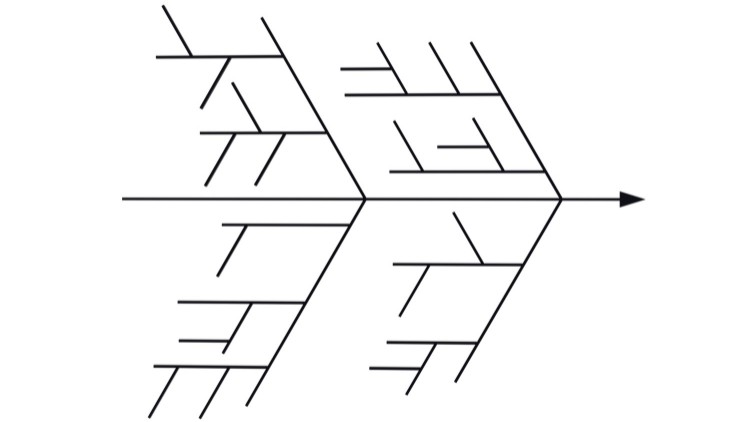
What you will learn
Root Cause Analysis
Cause & Effect Diagram
Fishbone Diagram
Ishikawa Diagram
Process Improvement
Error reduction
Description
The Cause & Effect Diagram is one of the most important root cause analysis tools there is. Understanding its purpose and knowing how and when to deploy it is a skill highly in demand in today’s market. Whether you are an employee, manager or business owner, having the ability to identify a problem, discover its root cause and act to fix it quickly is crucial. The deployment of this tool can lead to large scale error reduction, process improvement and even financial savings.
By choosing to take this course you will learn the following:
– What is root cause analysis?
– What are the fundamentals of the Cause & Effect Diagram (purpose, importance)?
– A breakdown of the categories, history of and when to use the tool.
– How to build and deploy this diagram.
– LIVE demonstrations of the diagram in action.
– Hints and tips on how to maximise chances of success.
Being one of the central root cause tools in the Lean Six Sigma methodology, this tool has been deployed in all industries, companies large and small and by individuals with a range of qualifications – all to great success. If you need to find a way to reduce errors, save money and potentially improve your customer / colleague experience, the Cause & Effect Diagram is the right tool to invest your time in, today!
Content